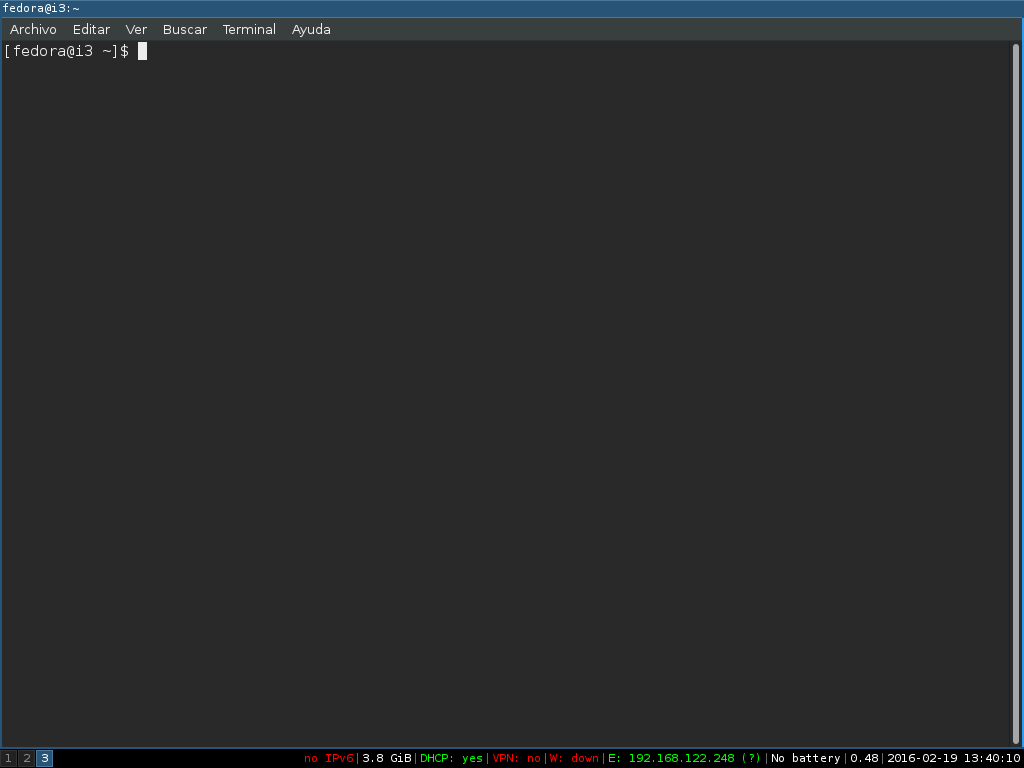

This is still useful, but can be done by a number of different tools these days.
Terminal multiplexer, where you can split your terminal screen into a number of panels and work with each one like it’s a separate terminal. When I do need this functionality, I use screen, which is more often installed on the machines that I work with. With simpler workloads and reliable Internet connection, this became less useful to me. Persistent sessions, where you can work on a remote machine, detach your terminal, disconnect from the machine entirely, and then, at some point later, connect again and continue from where you left off. The two most useful features of tmux are: I used it for a while, but at some point, it faded away from my daily routine. One of the things that came (again) on my radar was terminal multiplexer tmux. The fragmentation and constant context switching affected my productivity, so I briefly revisited my toolbox setup, in hopes to find something that I didn’t know about, forgot about, or have greatly underutilized. In the last few days my attention was unfairly distributed between a whole lot of tasks. 2008: Can rapid development become ultra-rapid development?. 2009: A better world with multiple inboxes in Gmail. 2010: PHP variables, strings, and curly braces. 2014: gitsh – an interactive shell for git. 2014: … that beautiful moment when you run out of priv…. 2014: An Introduction to the AWS Command Line Tool. 2015: p2pvc – a point to point color terminal video chat. 2017: The History of English in 10 Minutes. 2017: Web design : from zero experience to a high paying job. 2017: PHP overwrite of built-in constants (true is false). 2017: Modern Software Over-Engineering Mistakes. Caddy – The Ultimate Server with Automatic HTTPS. 
Send additional HTTP headers to Nginx’s FastCGI.A personal favorite is Qtile because of the Python programming language that offers a lot of customization options. They are fast, minimal, and offer all the essential features you’ll need to keep your app windows organized and maximize your productivity. In case you’re getting started with window managers, I recommend checking out xmonad or i3. A majority of them offer nearly the same features as our list above.

As with any Linux app category, there are many more window managers in the Linux community that you can choose. Window managers are an essential part of daily workflow productivity for users who have to navigate between several apps or several display screens. By default, it can run on only the Xlib library and work with other libraries such as libXext for shape extension, libjpeg for JPEG backgrounds and icons, libpng PNG backgrounds and icons, Cairo and libRSVG for icons and backgrounds, and many more.







 0 kommentar(er)
0 kommentar(er)
